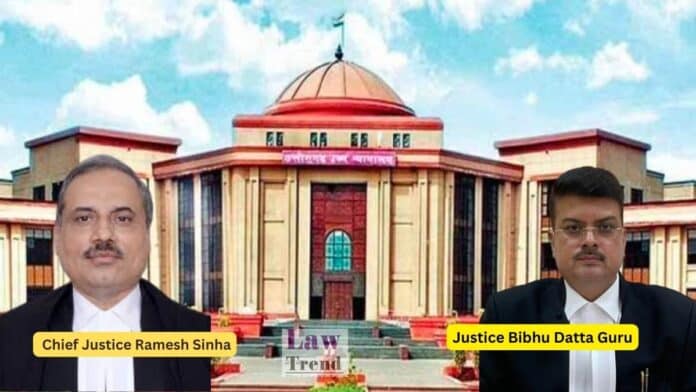The High Court of Chhattisgarh, while acquitting a man in a murder case due to “gross discrepancies” by the prosecution, has issued a strong directive to trial courts across the state to exercise vigilant oversight over the actions of investigating and prosecuting agencies. The Court emphasized that such supervision is necessary to prevent the accused
To Read More Please Subscribe to VIP Membership for Unlimited Access to All the Articles, Download Available Copies of Judgments/Order, Acess to Central/State Bare Acts, Advertisement Free Content, Access to More than 4000 Legal Drafts( Readymade Editable Formats of Suits, Petitions, Writs, Legal Notices, Divorce Petitions, 138 Notices, Bail Applications etc.) in Hindi and English.




